China's first scientific exploration well with a design depth of over 10,000 meters in Northwest China's Xinjiang Uygur autonomous region broke through the 10,000-meter depth mark on Monday, according to its operator China National Petroleum Corporation.
This achievement makes it the second deepest onshore well globally and the deepest in Asia. The drilling of the Shenditake-1 well in the Tarim Basin represents a major milestone in the country's exploration of deep energy resources that will further guarantee China's national energy security, the company said.
The ultra-deep well is designed to explore the evolution of Earth, the origin of life, climate change, disaster prevention and resource utilization. Compared to a regular oil well, the scientific exploration well is to explore the unknown territory that no one has explored before, it said.
In general, a well between 4,500 and 6,000 meters deep is defined as a deep well, while those between 6,000 and 9,000 meters are super-deep wells. Those that are more than 9,000 meters deep are ultra-deep wells.
Tarim Basin is the country's largest petroliferous basin, accounting for more than 60 percent of the nation's onshore ultra-deep oil and gas resources. The natural gas produced from deep formations below 4,500 meters in the Tarim Basin, where the Shenditake-1 well is located, exceeded 260 billion cubic meters.
















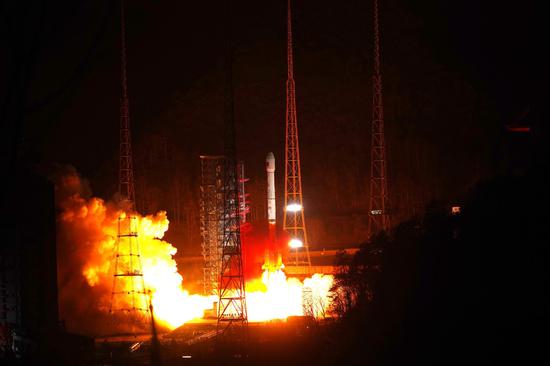
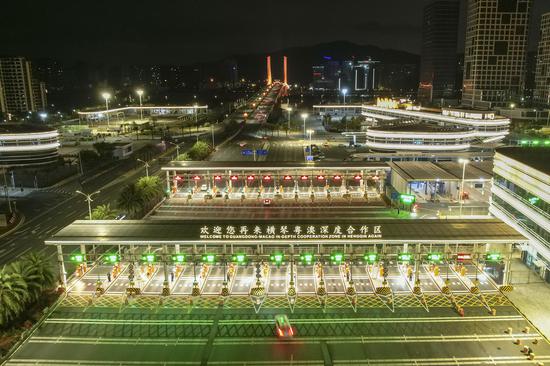






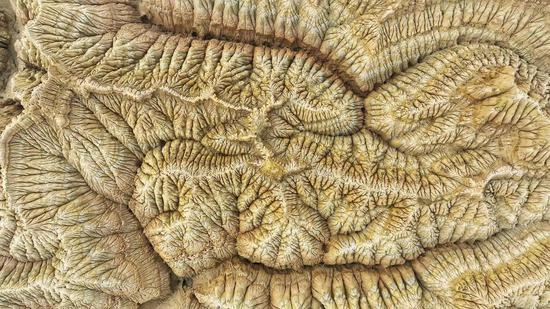



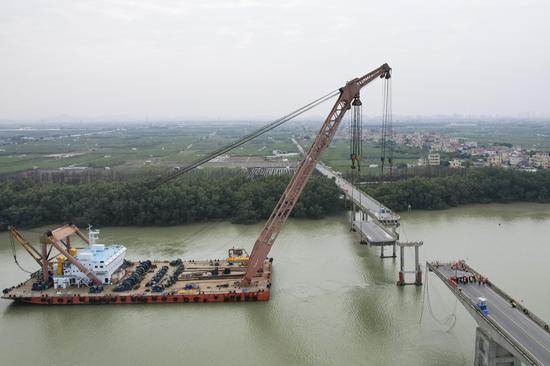






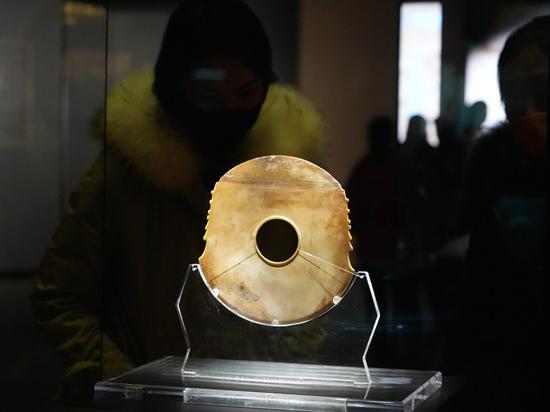



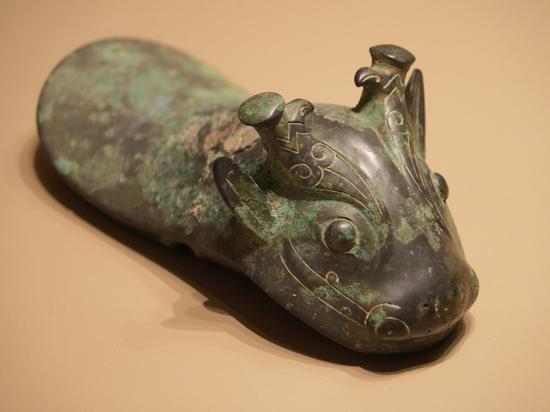

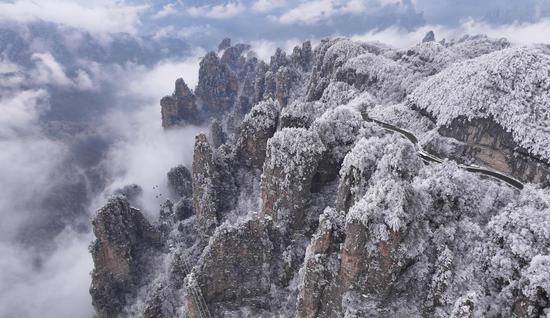








 京公网安备 11010202009201号
京公网安备 11010202009201号
